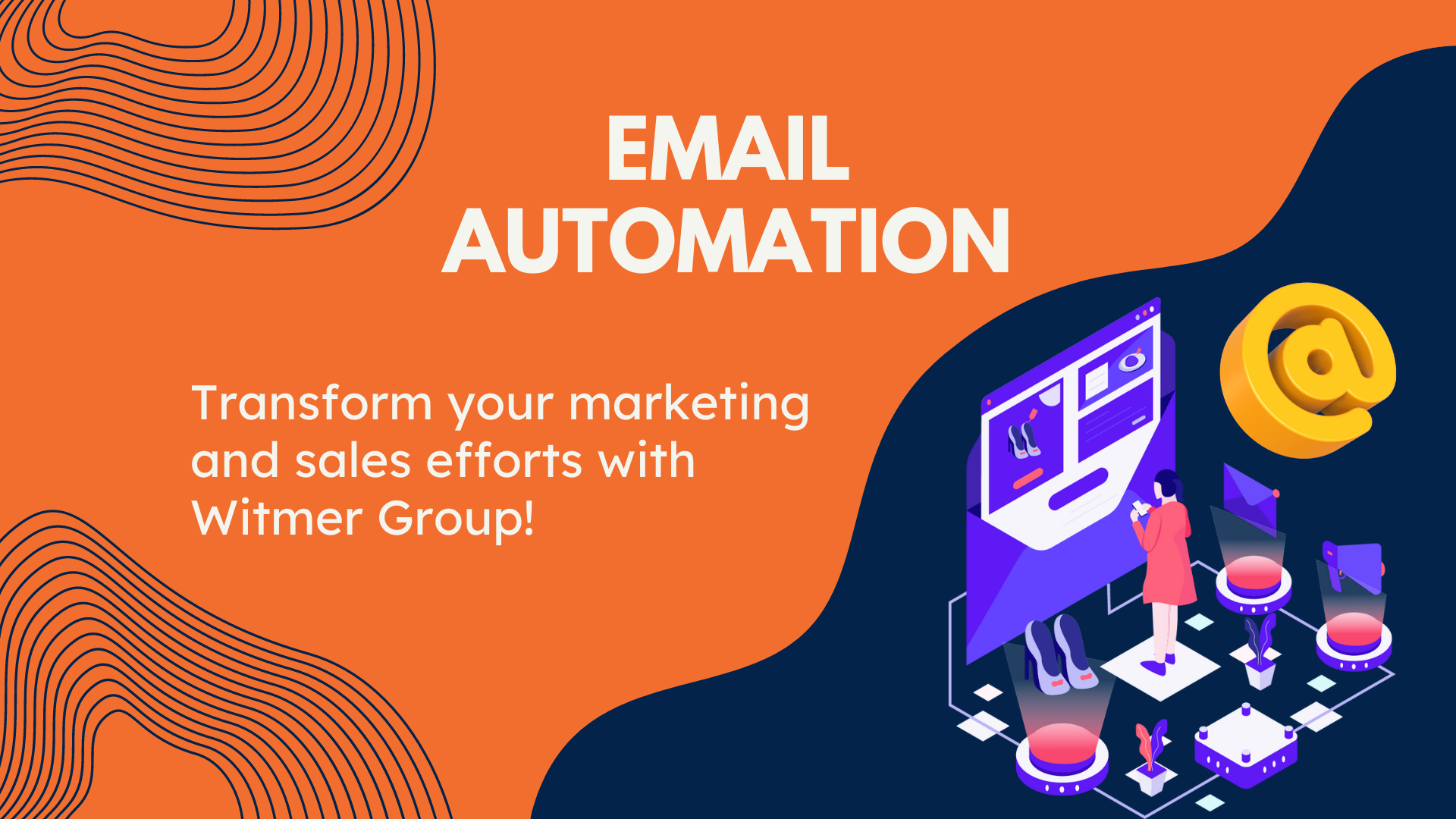Understanding Email Automation and Its Importance in Business

Discover how a well-structured email automation process can transform your marketing and sales efforts, driving efficiency, and boosting conversion rates.
In today's fast-paced business environment, efficiency and consistency are key drivers of success, particularly in marketing and sales. Email automation stands as a cornerstone in achieving these objectives by enabling companies to send timely, relevant, and personalized messages to their audience with minimal manual intervention.
At its core, email automation involves the use of software to manage email communications based on predefined triggers and schedules, thus ensuring that the best message reaches the intended person at the most beneficial time. Embracing email automation not only streamlines communication workflows, but also enhances customer engagement, supports lead nurturing, and ultimately contributes to a more robust profit margin.
Understanding the role of email automation within a broader marketing strategy is critical. It allows businesses to maintain a consistent presence in their customers' inboxes, which is crucial for building brand awareness and trust.
Automated emails are essential for scaling marketing efforts, as they enable the delivery of personalized experiences to a large audience without the need for increased staffing or resources.
By leveraging data and insights, businesses can craft targeted campaigns that match what their audience wants, while driving higher open rates, click-through rates, and conversion rates.
Key Components of a Successful Email Automation Strategy
A successful email automation strategy is built on several foundational components. First, it requires a clear understanding of the target audience, including their preferences, behaviors, and pain points. This knowledge informs the segmentation of the audience into distinct groups for more targeted messaging.
Another essential component is the creation of a content calendar that aligns with the customer's journey, ensuring that each communication adds value and propels the recipient further down the sales funnel. Trigger-based emails, such as welcome messages, cart abandonment reminders, and re-engagement emails, should be set up to respond to specific customer actions or milestones.
Be sure not to overlook the technical setup. This includes integrating the email automation platform with other business systems, such as CRM and e-commerce platforms, to enable seamless data flow and trigger-based actions.
A/B testing is another important aspect, allowing marketers to refine subject lines, content, and calls-to-action (CTAs) based on real-world performance data.
Lastly, compliance with email regulations, such as GDPR and CAN-SPAM Act, is crucial to maintain trust and avoid legal pitfalls.
Designing Engaging Email Content: Best Practices
Crafting engaging email content is both an art and a science. The best practices for email design emphasize the importance of a clear and compelling subject line, as it's often the deciding factor in whether an email is opened or ignored.
The body of the email should be concise and focused, with a clear value proposition and a single, prominent call to action. Personalization is more than addressing the recipient by name; it involves tailoring the content to reflect the recipient's past interactions with the brand, interests, and behaviors.
Visually, emails should be attractive and easy to navigate, using branding elements such as colors and logos for recognition. Emails should also be responsive, ensuring they look and function well on a variety of devices, particularly mobile.
Including visually engaging elements like images, GIFs, and videos can significantly increase engagement, but they must be used properly to avoid overwhelming the recipient or causing long load times.
Finally, every email should provide a clear path for recipients to follow, whether that's to make a purchase, learn more about a product, or take advantage of a promotional offer.
Analyzing and Optimizing Your Email Automation Workflows
To ensure the ongoing success of email automation efforts, regular analysis and optimization of workflows is imperative. This begins with monitoring key performance indicators (KPIs) such as open rates, click-through rates, conversion rates, and unsubscribe rates. Analyzing these metrics provides insight into what's working and what isn't, enabling marketers to make data-driven decisions to improve their campaigns. It's also important to segment results by audience group to identify trends and tailor strategies appropriately.
Optimization may involve tweaking the timing of emails, refining segmentation and personalization tactics, or rethinking the content strategy based on customer feedback and behavior.
Testing different elements of the email, from subject lines to images, helps in understanding what resonates best with the audience. In addition, seeking out and implementing feedback from recipients can lead to more relevant and effective communications.
Regularly updating and maintaining the email list is also necessary to avoid sending messages to disengaged or inactive users.
Future Trends in Email Automation: Staying Ahead of the Curve
As technology evolves, so do the trends in email automation. Businesses should be aware of and prepared to adopt new practices that can enhance their marketing strategies.
Artificial Intelligence (AI) and machine learning (ML) are increasingly being integrated into email automation platforms to predict optimal send times, personalize content at scale, and generate insights from large datasets.
Interactive emails that allow recipients to take action directly within the email, such as filling out a survey or browsing a product carousel, are becoming more common and can increase engagement.
Furthermore, the use of big data and analytics is set to become more sophisticated, providing deeper insights into customer behavior and enabling hyper-personalization. Anticipating these and other emerging trends, and being willing to experiment with new techniques, will be key for businesses looking to maintain a competitive edge in their email marketing efforts.
Keeping abreast of changes in consumer privacy laws and expectations will also be important to ensure that email automation practices remain transparent, ethical, and effective.
Witmer Group can help you with email automation, content development, and impactful inbound marketing strategies. Contact us for a discovery call today.
